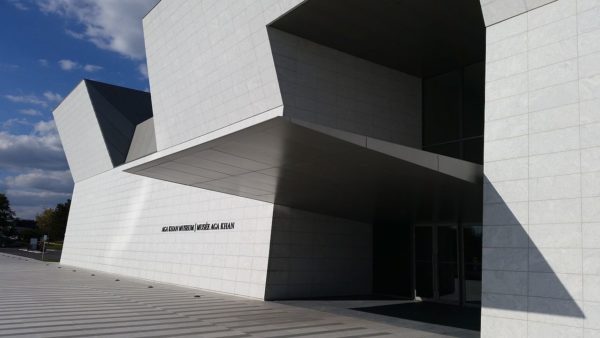Japanese architect Fumihiko Maki, who began training in the aftermath of the Second World War and who won the Pritzker Prize in 1993, has died aged 95.
Prominent buildings he designed include 4 World Trade Centre in New York, completed in 2013; Japan’s National Museum of Modern Art in Kyoto (1986); and the Aga Khan Museum in Toronto (2014).
He was born in Tokyo in 1928, and received his Bachelor of Architecture degree from the University of Tokyo in 1952.
He completed a Master of Architecture at Harvard’s Graduate School of Design, and then apprenticed with Skidmore, Owings and Merrill in New York before setting up his own practice in Tokyo in 1965.
In 1993 he was awarded the prestigious Pritzker Prize, becoming the second Japanese architect to win it after his mentor, Kenzo Tange.
“He is a modernist who has fused the best of both eastern and western cultures to create an architecture representing the age-old qualities of his native country while at the same time juxtaposing contemporary construction methods and materials,” the judges said.
The post Pritzker Prize-winning modernist Fumihiko Maki dies appeared first on Global Construction Review.


